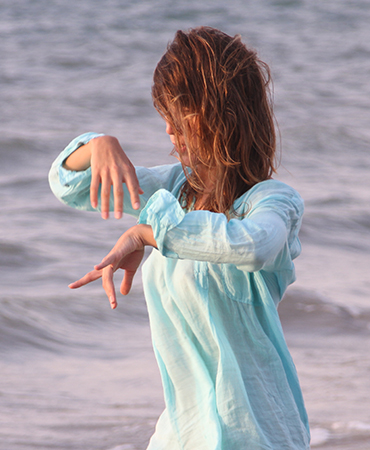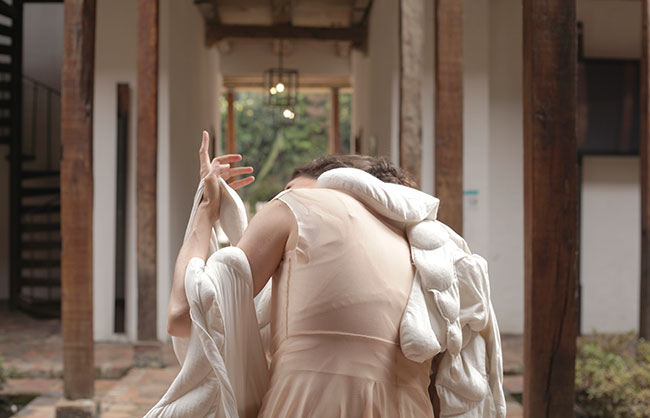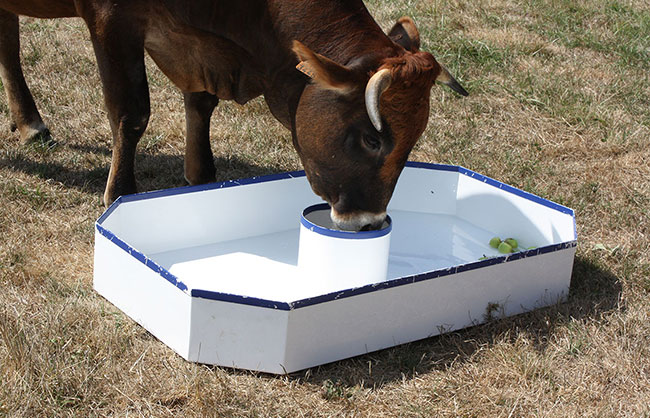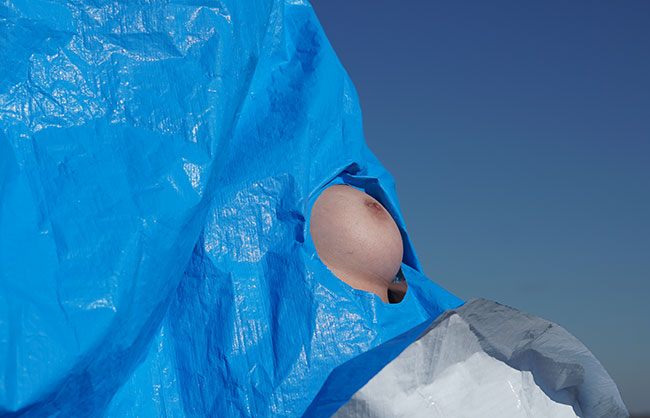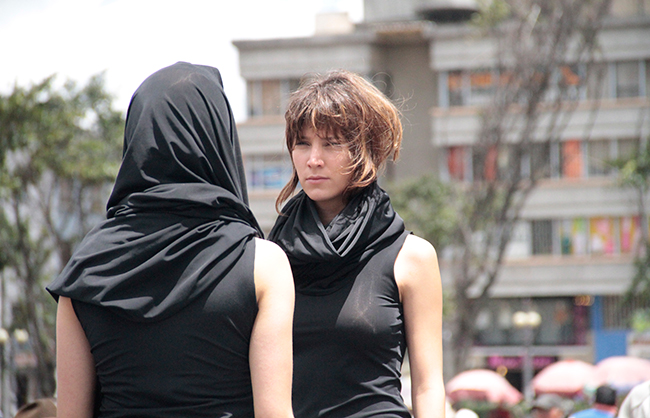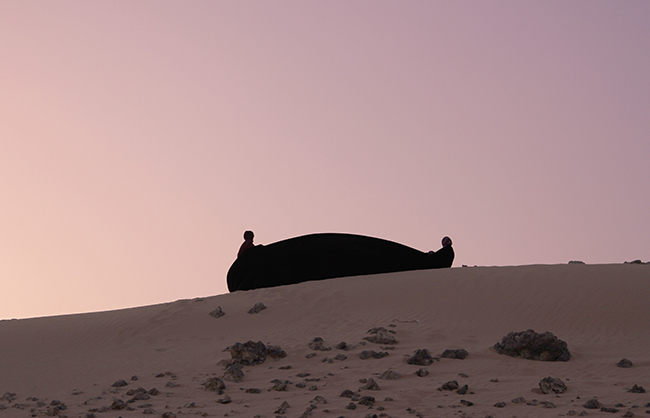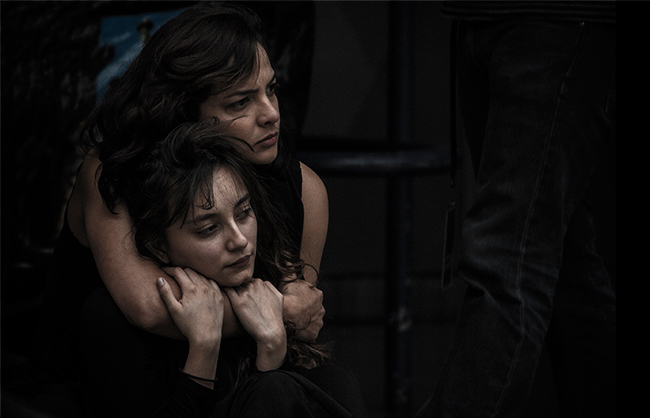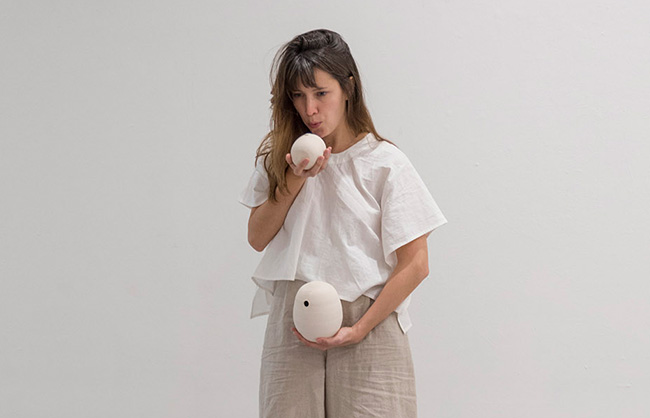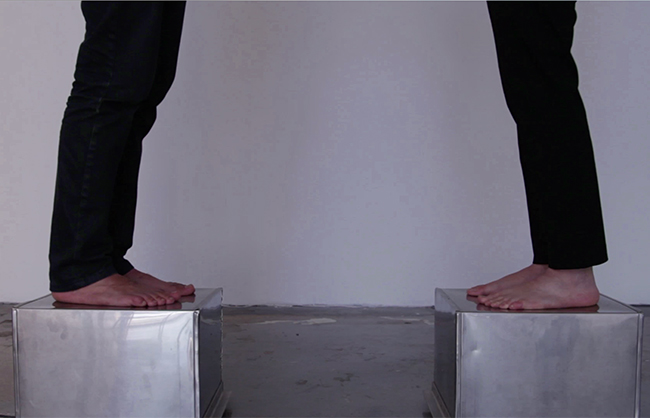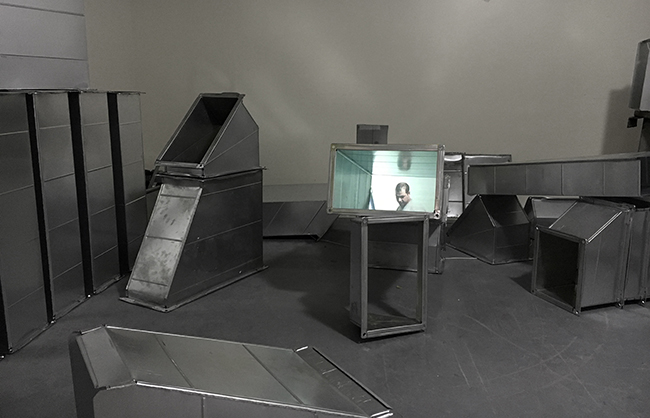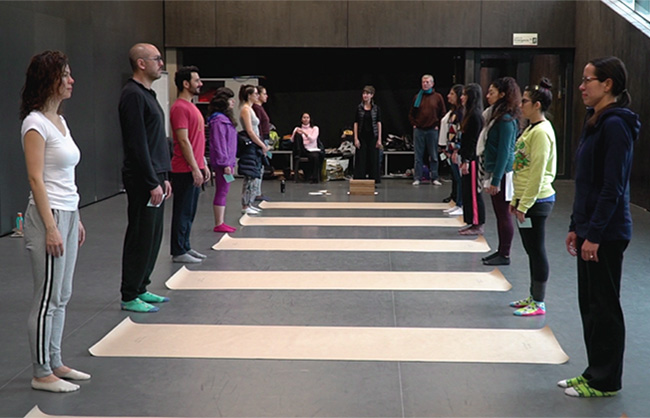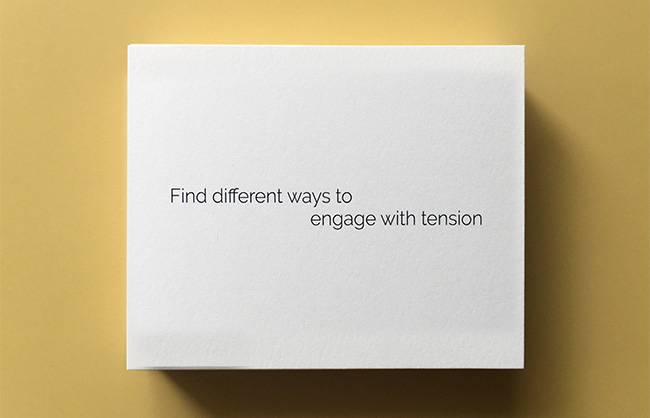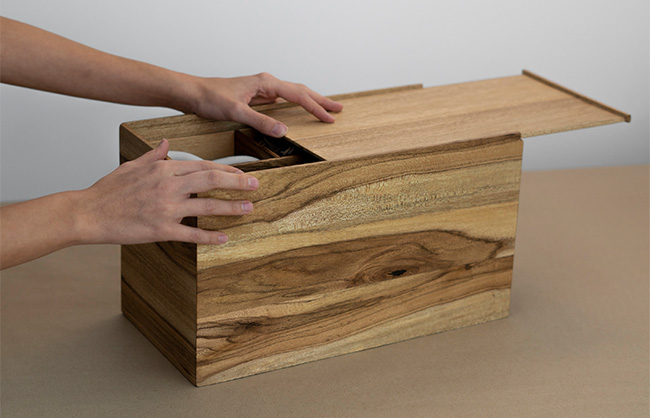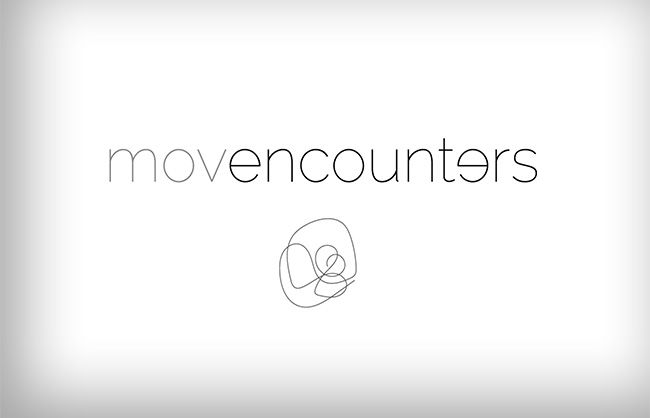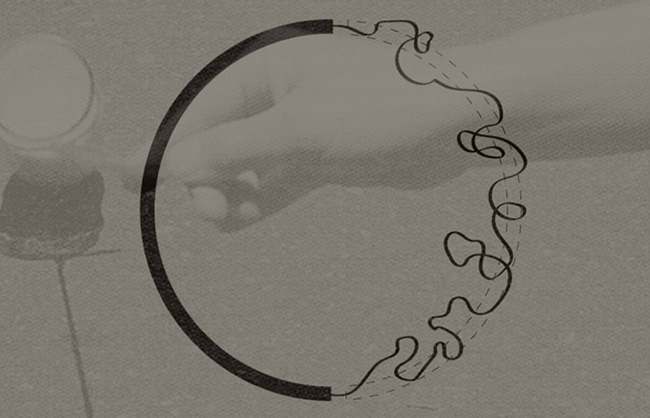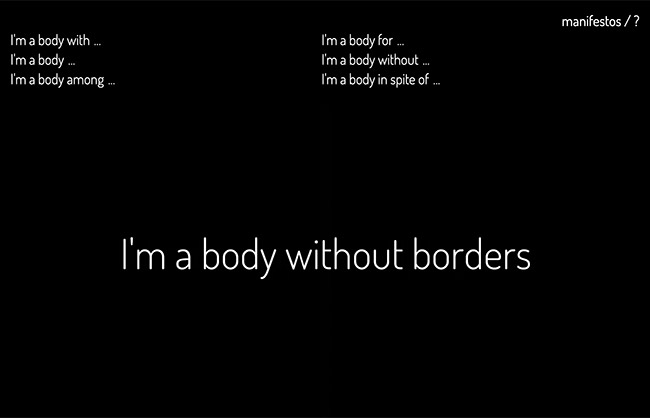Bio
Natalia is a Colombian artist who works in the intersection of visual arts, performance, somatic knowledges, collective and collaborative ways of healing, and education.
For more info about me
Moving Towards The Other
As my statement, my pedagogy, my art practice, my ethical inquiry
Notation
The graphs of Moving Towards The Other
In my practice I have developed a system of coordinates, a “kind of unique language halfway between gesture and thought”, as Antonin Artaud says talking about the use of language in theater.
Teaching and Social Practices
Work Areas
I share my work through workshops, courses, and guided collective processes in the following areas:
Methodologies for Creative/Generative Encounters
Interventions in Public Space / Practices of Space and Place
Relational Somatics
Movement as a Healing Practice / Therapeutic Yoga
Expanded and Performative Drawing
Projects
---
Breath Thought
“The soul escapes through the mouth in words. But words are still the body’s effluvia, emanations, weightless folds in the air escaping the lungs and warmed by the body.”
Natalia Espinel 2018
Errantes
The errants continue their journey despite the obstacles they face. In each step of their journey, they rebuild their lives and transform their bodies; they adapt, they fight, they resist.
It is life itself which creates resistance, thereby enabling us to discover what our bodies are capable of.
Errantes del Sahara
It is a people whose country has been stolen and this scandal is not well-known in the world. The truth is that this is proof that in this world, countries can be stolen with innocence and impunity.
My Project, Errantes, grew to reach that place; it built itself (without knowing it) to be part of their desert, to join the light of the fireflies, to emit one more sparkle of light, one more sigh of indignation, of resistance and of hope for life.
Errantes de la ciudad
Para la vida miles de cantos de libertad. Para la vida miles de cantos de justicia. Para la vida miles de vidas. Para la vida dignidad.
Errantes de la ciudad es un proceso de formación y experimentación desde el arte, encaminado a la creación de acciones escénicas en el espacio público.
Conoce nuestra intervención en el Terminal de Transportes de Bogotá aquí
Download my portfolio in PDF
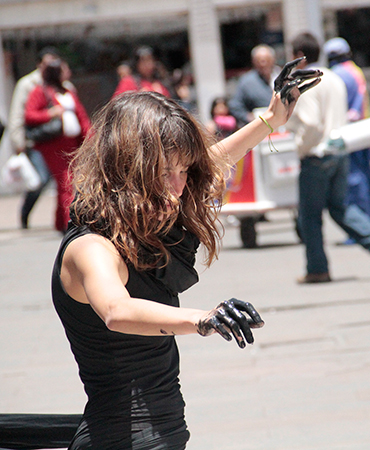
City
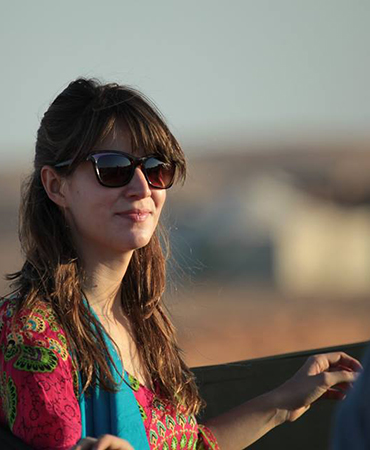
Desert
